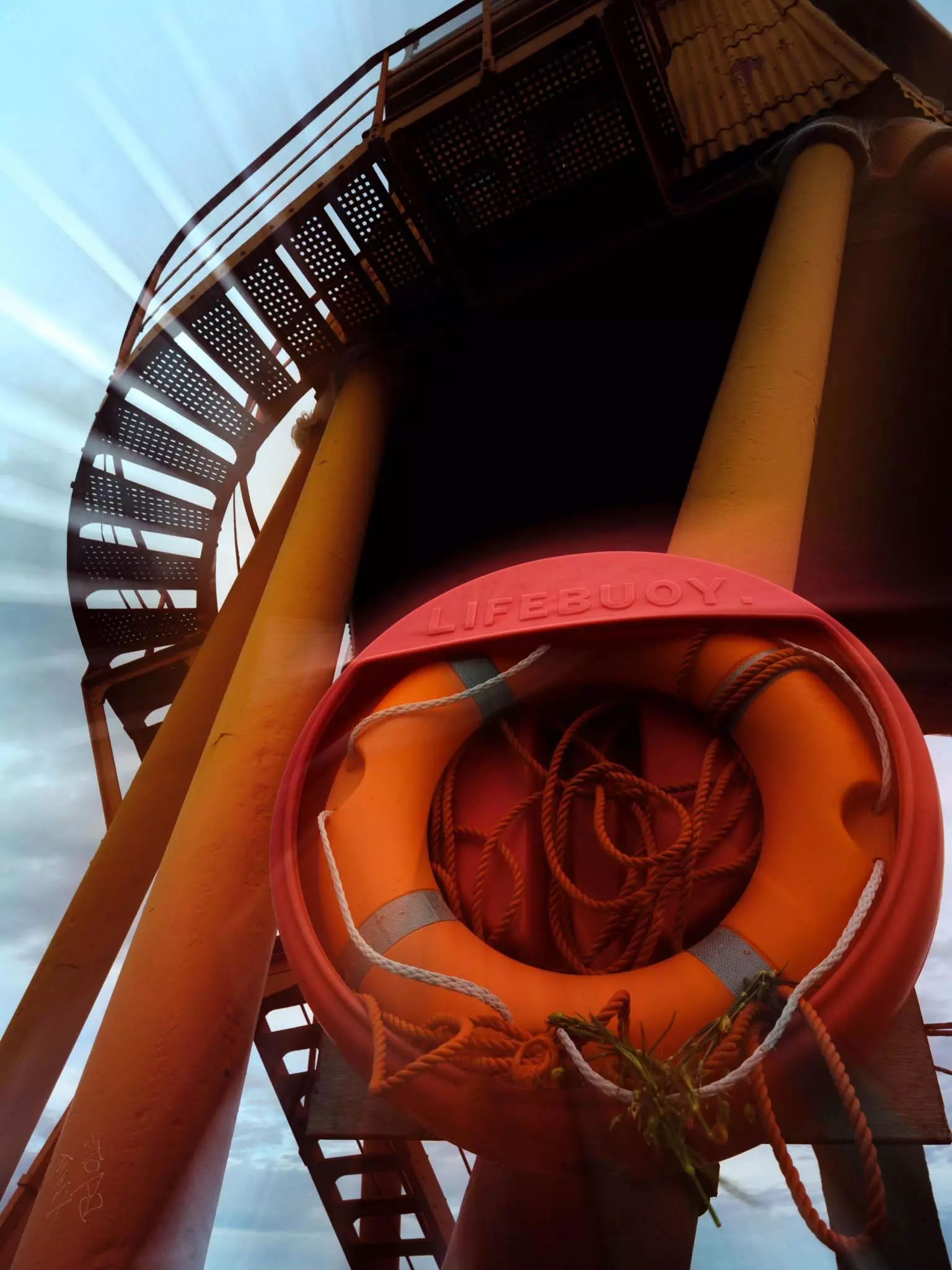[ad_1]
You press the button, the shutter fires and then you get that sinking feeling, the pit of the stomach realisation that you have royally cocked up the shot. You feel bad, but not because you know the image will not look the way you wished. You feel bad because, in your mind, you failed.
Your knowledge of photography, honed over days, weeks or even years has let you down. You feel like your photography is not moving on. Yet, that very failure can be the trigger for you to improve your photography. Like any subject, photography is not learned just by reading books and watching YouTube videos, it’s learned by learning from your mistakes.
If as a beginner you are making lots of mistakes, then the chances are you are shooting often and learning lots. Today we are going to look at why you should embrace your photography fails.
My Most Common Fail
Let’s start with me. I have been shooting for over 40 years, much of that as a professional. Yet I still make many mistakes and one of those in particular. Take a look at the image below.

There is a recent trend in photography called ICM or Intentional Camera Movement. It’s where a photographer intentionally moves the camera in a predefined direction during exposure to convey a particular emotion. Now I could lie and say that this is one such example. However it’s not. It’s a UCM, Unintentional Camera Movement and I do it all the time.
One of my favorite genres is Blue Hour photography. By its very nature this often necessitates the use of a tripod. Having a somewhat flighty mind, I will often see shots whilst in the middle of a long exposure and drag the tripod away, causing shots like this.
I even do it in daytime shots such as the one below. The first shot is how it should have looked, and the second is using my patented UCM technique. And do you know what? I like both despite the mistake.


The Most Common Mistakes Everyone Makes
Let’s take a look at the more common mistakes that every photographer makes. I say every photographer, because it doesn’t matter if you have been shooting a day or 40 years, these simple mistakes will happen.
- Camera Shake: This is probably the most common of all and stems from having a shutter speed that is too low to damp out the movement of the camera in the hand. Image stabilisation has allowed us to reduce shutter speeds to much lower levels but in turn we have normalised this and still go even lower. It’s a mistake that is often hard to notice because it doesn’t show up well on a small LCD screen.
- Wrong White Balance: If you shoot RAW, this is a solvable problem, yet there is still that heart dropping moment when your images load into Lightroom and they are all blue.
- Over or Underexposing: This is a mistake that happens often when you are new to photography. I think it’s also one of the most important mistakes we should make, more on that soon.
- Not Isolating A Subject: This is also a mistake that happens frequently to newcomers. In our desire to capture everything in front of our lens, we fail to isolate what the actual subject matter is.
- Lens Flare: This is a common mistake that when fully understood, can be used to great advantage. It’s a mistake that’s very easy to make, particularly with smartphone cameras.
Here’s the thing though, all of the above mistakes plus many more can be made at any time in your photographic journey. They are mistakes that need to be made to improve your understanding of both technique and composition. If you do make such mistakes, don’t see them as a negative, instead, keep the images, load them into Lightroom and look at them. Work out where you went wrong and try to learn from them.

Turning Mistakes Into Technique.
Many of you will be aware of the work of Robert Capa. His images of the D-Day Landings are iconic. There is one in particular of a US soldier swimming ashore on Omaha Beach. It is, perhaps the most famous photograph of that historic day.
Now taking the emotion out of the equation, the technical side of the image is poor. It has motion blur, it has lots of grain and it’s not particularly sharp. Yet, the shot was captured by a photographer that knew all the technical issues he was encountering. He chose to embrace those difficulties in order to get the shot.
That leads us nicely to the point of this section. Those technical hurdles that we might face can be creative opportunities. Let’s look at camera shake as an example. Once we have recognised that a shutter speed that’s too slow can give us blurry images, we can embrace it. That might be by using intentional camera movements or it could be by panning with a moving subject to enhance that sense of motion.
Underexposing might seem a mistake when you first start in photography, but soon you will start to see that an underexposed shot can greatly enhance a dramatic sky.
Virtually every mistake that can be made in photography is a learning tool and can be used in a positive creative way, once you understand what you have done.

How To Learn From Your Photography Fails
The first and most important thing is do not delete. When you get that sinking feeling of having made a mistake, resist the urge to delete the files. Instead load them into Lightroom and assign them a specific star rating or colour tag. This will allow you to quickly find all your “mistakes”
The next thing to do is study those mistakes. If the image has camera shake, look not only at your shutter speed but also your focal length. Check to see if image stabilization was switched on. This will start to fix in your mind the handheld limits for different focal lengths.

Perhaps you had incorrectly set a white balance. Take a look at those images and ask yourself does that colour cast add a particular mood to the image. Perhaps the white balance was too blue, yet it is making that stormy landscape look fantastic.
Analyse every mistake that you make and ask yourself whether that mistake has some creative merit. I think you will find that in many cases the answer will be yes.
Photography fails are something that we have to embrace if we want our photography to progress. When that shutter fires and you get the first realization that you failed, resist the urge to delete and instead use it as an opportunity to learn.
Further Reading
[ad_2]
Source link

دیدگاهتان را بنویسید